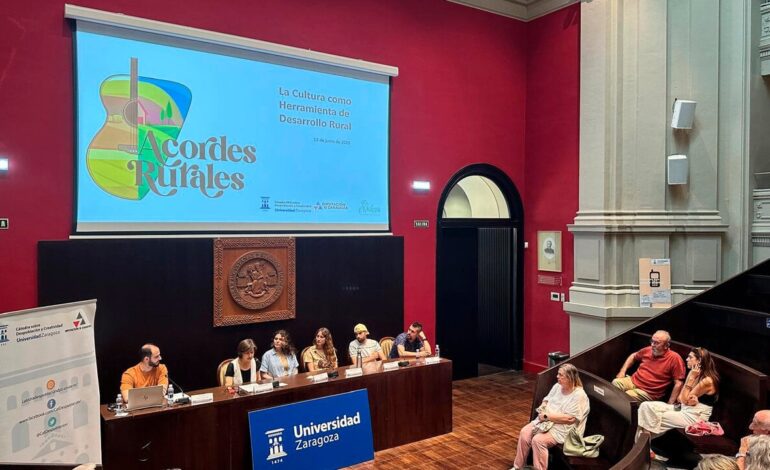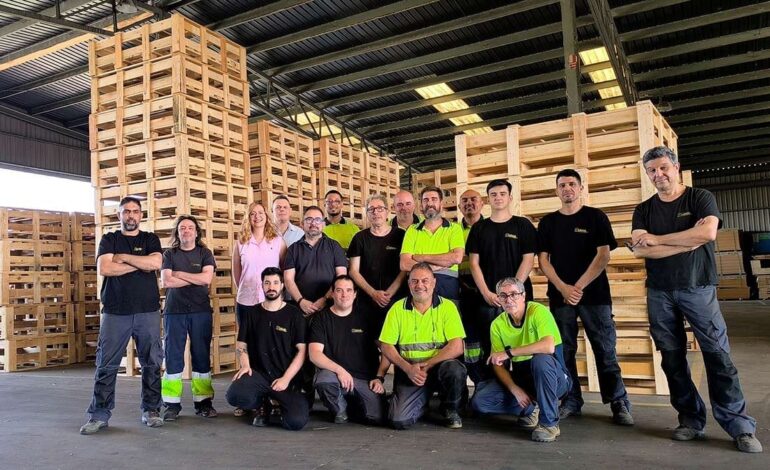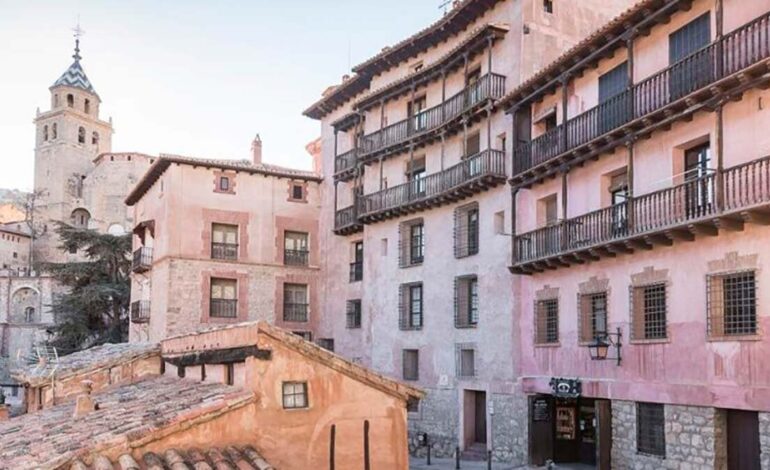
Neither Aínsa nor Alquézar: the most impressive medieval people in Aragon are carved in red rock
In Aragon there is a corner that seems taken from an ancient postcard. It is hung in the rock, surrounded by mountains and wrapped in a silence that only breaks the bells and the wind. Its houses, all of the same reddish tone, grab the rock as if they take centuries resisting time. Walking through its streets is like traveling to the Middle Ages, with walls, narrow alleyways and views that take away your breath. It is not as well known as other tourist destinations, but whoever visits it does not forget it.
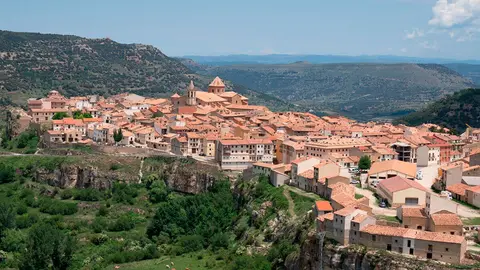

The reddish color of its walls is predominant in its streets
What to do and what to do in Albarracín
The famous house of the Julianeta
Balloon trip through albarracín
Although Aínsa and Alquézar are jewels of the Aragonese heritage This Turolense enclave is at another level, declared a historical-artistic complex and candidate for world heritage by UNESCO, Albarracín is probably the most spectacular medieval people of Aragon.
Located more than 1,100 meters of altitude and surrounded by a meandro of the Guadalaviar river. The reddish color of its walls, the result of the clay and plaster of the area, the forge of its balconies and the aging wood make each street, every corner, look like a cinematographic decoration.
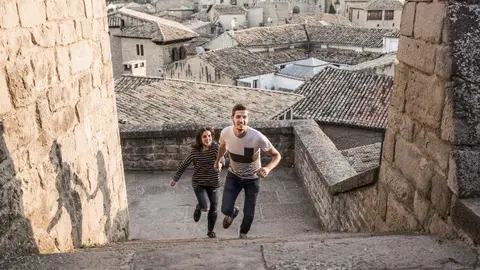
Six medieval villages of Aragon ideal for a getaway in 2025: of the most beautiful in Spain
What to do and what to do in Albarracín
Walking through its historic center is an invitation to travel to the past. Its cobbled streets and steep slopes lead visitors to discover authentic jewels. For those who prefer a guided experience, two entities, the walker and the Santa María Foundation, offer guided tours with varied itineraries that allow to know the secrets of the town.
The Savior Cathedral
It is one of the most prominent monuments in the city and an essential visit for those who travel to this historic Turolense town. Built in the 16th century, the cathedral occupies a place of great religious and historical importance, being the main architectural reference of Albarracín. It is believed that it is located on the place where the old major mosque of the city was located, which gives it an additional value as a convergence point of different eras and cultures.

Albarracín offers a perfect combination of history, nature and adventure
The current building is the result of a series of reforms made during the 16th century, a period in which the medieval cathedral was renewed and expanded. During this transformation important artistic elements were added, including altarpieces of great value such as the main altarpiece and the altarpiece of San Pedro, which are some of the most prominent exponents of the Renaissance decoration of the Church.
It is important to note that the Savior Cathedral can only be visited through guided tours organized by the Santa María de Albarracín Foundation.
The famous house of the Julianeta
The Julianeta house is one of the most emblematic and photographed buildings of Albarracín. Built in the fourteenth century, this unique housing is characterized by its inclination and its adaptation to the irregular terrain on which it is based. Its location, in the corner of two streets with slope, gives an almost challenging appearance to gravity.
Due to its use as a residence-workshop for artists, public entry is not allowed, so it can only be seen on the outside. However, it is possible to admire it from the outside and capture its image from different angles. Many tourists touch their doors asking for permission to visit it, although the entrance is not allowed.
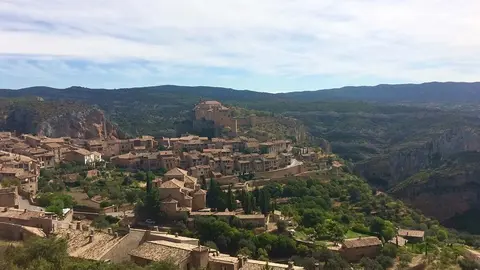
An international magazine chooses five peoples of Aragon among the most beautiful in the Pyrenees
Toy Museum
Located in the Historic Center of Albarracín, this museum houses an impressive collection of old toys that covers several times and styles, from the beginning of the 19th century to the 80s. The museum’s collection is extensive and varied, among the most prominent pieces, there are a series of rag dolls, which were very popular in the first decades of the 20th century, as well as the tin toys, very common in the middle of the century.
The general entrance has a cost of 3 euros, while children, retirees, residents in Albarracín and groups can access for € 2. In addition, children under 6 can enter for free. The opening schedule is from 10:00 a.m. to 2:00 p.m. and from 4:00 p.m. to 7:00 p.m., from Monday to Sunday, although it closes on Mondays.
During the months of vacation and in special seasons, the museum organizes educational activities and workshops, allowing children to interact with some of the exposed toys and learn about their history in a fun and participatory way.
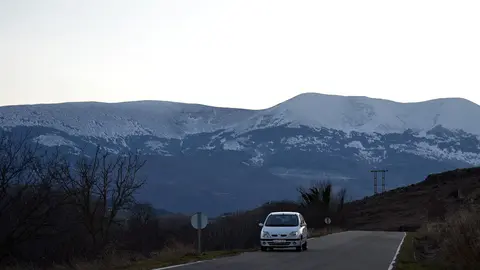
The 11 most beautiful villages in Zaragoza: it is worth visiting them
Arab walls
Uploading to the Arab walls of Albarracín is an essential experience. Preserved in very good condition. From the top of the walls, you can contemplate the entire old town of Albarracín, with its narrow and cobbled streets, as well as the natural surroundings that surround the town, the landscape being especially spectacular when the sun falls, when the golden tones bathe the mountains and the city.
Access to the walls is not so simple, since the road to them is something stony, so it is recommended to have caution, especially with children or people with reduced mobility. Despite this small inconvenience, the effort is more than rewarded by the beauty of the route and the views obtained from above.
Albarracín Museum
The Albarracín Museum is located in the old hospital in the city, built at the end of the 18th century, with the 1789 visible date on its facade. The construction has a square plant, three heights and a basement, with a hall that connects directly to the wide rooms organized around a main staircase. The last floor is a large room without partitions that allows you to see the wooden structure of the ceiling.
Initially a hospital, the building had several uses, such as jail, housing and municipal warehouse, until its rehabilitation at the end of the 20th century. Today it houses a museum that presents the history of Albarracín through archaeological materials found in excavations in the castle. The ground floor includes temporary exhibitions and an analysis of the environment and the early days of human occupation. The first floor is dedicated to the Middle Ages, with an outstanding collection of Islamic pieces. The Albarracín of the sixteenth to the twentieth centuries is shown in the Bajocubiera.
The museum is open from Monday to Sunday, with schedules from 10:30 a.m. to 1:00 p.m. and from 4:30 p.m. to 6:30 p.m. The general entrance is € 3.5, with discounts for retirees and children. Castle visitors can access the museum for € 2 presenting the ticket of your visit.
Albarracín not only attracts for its historical beauty, but also for its active tourism offer: trekking, mountain bike, climbing or even balloon flights are just some of the options for those who seek adventure.
Guadalaviar river walk
The Albarracín river walk is a simple but fun route, ideal for those who seek to enjoy nature without complications. The tour, which borders the city along the Guadalaviar River, offers a different perspective of Albarracín, allowing its walls, buttresses, the emblematic tower of Doña Blanca and the traditional town houses. Along the way, you can also observe the orchards, the Norias and the King’s mill, adding a historical touch to the experience.
The route includes sections of stone paths, stairs, hanging bridges and catwalks, which makes it a dynamic option for those looking for more than a simple walk. Upon arriving at the crossroads of Royuela and Torres de Albarracín, the route can be extended, entering a spectacular throat that extends for more than 5 kilometers.
It is advisable to wear comfortable footwear and proper clothing. Long pants are suggested, since in some areas the path crosses weeds that can touch the skin. In addition, in the vicinity of the river the thermal sensation is lower, so, in summer, it is essential to carry sun protection and a hat to protect from the sun, especially in the central hours of the day.
Balloon trip through albarracín
From the air, Albarracín is shown in all its splendor, providing a unique and unforgettable view of one of the most beautiful peoples in Spain. Specialized companies such as wind balloons that organize flights that allow participants to admire the medieval old town of Albarracín from a completely different perspective. During the flight, travelers have the opportunity to contemplate the beautiful landscapes of the Pinares de Rodeno, with its characteristic reddish color, as well as the impressive and steep mountain landscapes that surround the city.
The full experience lasts about three hours, and includes a flight that usually lasts between 45 minutes and an hour. The tour not only offers panoramic views, but also the possibility of enjoying a comfortable return in 4×4, which adds a touch of adventure to the plan. In addition, in many cases, a toast is celebrated at the end of the flight, to celebrate the incredible experience lived.
Escalada in Albarracín
Albarracín is a very popular destination for climbers, due to their rock formations, particularly the pine forests of Rodeno.
Rodeno’s rocks are especially appreciated due to their composition and the spectacular views they offer. Arenisca rock offers routes of different levels, both to start and for advanced climbers.
RODENO AREA: This is the most famous area for sports climb, with more than 1,000 pathways of different levels of difficulty. The routes vary between short and long walls, with some that reach 30 meters high. Most routes are sports, equipped with fixed anchors, although there are also some traditional escalation.
Peña del Moro: one of the classic areas of Albarracín, well known to the climbers. In this area there are a large number of sports climbing routes that offer different degrees of difficulty. It is famous for its views and by multi-length routes.
How to get to Albarracín
From Zaragoza
If you come from Zaragoza, the car journey will take you about 2 hours and 30 minutes. To arrive, take the A-23 (Mudejar Highway) in the southern direction. Continue on this highway until exit 115 towards Albarracín / Teruel. From there, follow the N-234 until you reach Albarracín.
If you prefer the bus, you can take one from the Zaragoza bus station that will take you to Teruel, and from there make transford to another bus that takes you directly to Albarracín. The total travel time, combining both buses, is approximately 3 and a half hours.
From Huesca
From Huesca, if you travel by car, the journey lasts approximately 2 hours and 15 minutes. You must take the A-23 in a southern direction, through Jaca and Sabiñánigo. Then, leave the highway in the direction of Albarracín through the N-234, which will take you to your destination.
By bus, you can take a service from Huesca to Teruel. From Teruel, there are direct connections to Albarracín, which converts the total trip into about 3 hours to 3 and a half hours, depending on the transford time.
From Teruel
If you are already in Teruel, the car trip to Albarracín is very fast. You only need to take the N-234 in the direction of Albarracín, and the route lasts about 40 minutes, traveling about 35 km. If you prefer to travel by bus, there is also a regular service from the Teruel to Albarracín bus station, with an estimated time of 40 minutes.
Albarracín offers a perfect combination of history, nature and adventure. From its Arab walls to hiking and outdoor activities routes, there is something for everyone. In addition, the experience of flying over the town is unique. Arriving is easy from Zaragoza, Huesca or Teruel, which makes it an ideal getaway to enjoy its charm and natural beauty.

